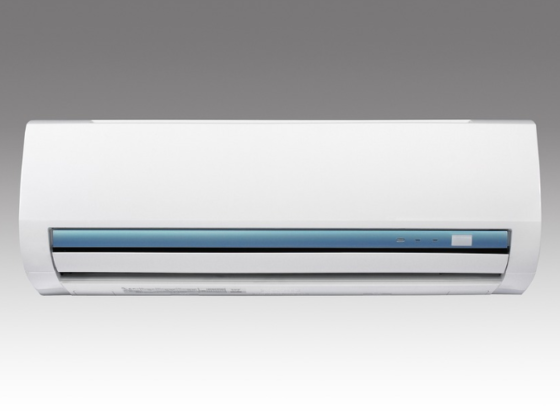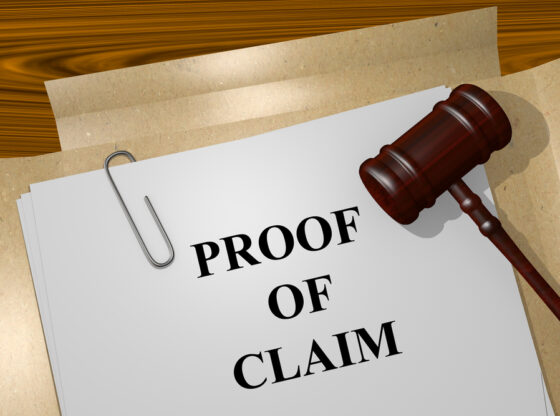Contributed Content Provided by WordPro SEO.
Driving under the influence, also known as drunk driving, is a hazardous activity that can lead to destruction, arrests, and even death. When you ingest alcohol, your driving skills are significantly impaired, which can cause serious problems when you get behind the wheel.
In this article, we’ll take a closer look at what it means to drunk drive and the dangers that can arise when you manage your vehicle while under the influence.
What is Drunk Driving?
Drunk driving occurs when someone ingests alcohol to the point of intoxication and then tries to operate a motor vehicle. Usually, the standard to be considered intoxicated is when your blood alcohol level (BAC) is over 0.08. Alcohol always impairs your judgment, reaction time, coordination, and visual skills when driving, leading to severe consequences.
Blood Alcohol Levels and Intoxication
Alcohol hinders certain brain functions, resulting in impaired/slowed thinking, improper muscle use, and flawed reasoning. Alcohol levels in the bloodstream have very adverse effects on your central nervous system; the higher it gets, the more disoriented you become.
BAC Levels and Driving:
- BAC of 0.02 – poor judgment, more relaxed state, mood swings, can’t multitask
- BAC of 0.05 – reckless behavior, poor coordination, decreased inhibitions, a slow response rate
- BAC of 0.08 – reduced muscle use, lack of reasoning, no self-control, short term memory loss
- BAC of 0.10 – slow reaction time, unable to control vehicle, cannot break and at the appropriate time, slurred speech
- BAC of 0.15 – loss of balance, slurred speech, blurred vision, vomiting, incapable of audio/visual comprehension
Who’s at Risk? The Legal Ramifications
Drunk driving affects everyone involved, directly and indirectly. If you’re caught driving with a BAC of 0.08 or over, the charges you may face are, but not limited to: A DWI (driving while intoxicated), DWAI (driving while ability impaired), or DUI (driving under the influence).
Drunk driving is often seen as a problem amongst young drivers, where those aging from 16 – 20 years of age are ten times more likely to have fatal outcomes. Underage drinking is also seen as a problem that contributes to these numbers, which, fortunately, have decreased over the years.
Drunk Driving Laws in The US
Drunk driving laws differ from state to state in the US, but one thing stays constant: there’s a zero-tolerance policy for commercial drivers. Some sites can help give a detailed description of the penalties you may face if caught drunk driving. For example, in New York, the penalties are:
- First-time offenders can face one-year imprisonment, a fine ranging from $500 – $100, and a six-month suspension of license
- Second-time offenders (within ten years of their first) face four years in prison, a fine ranging from $1000 – $5000, and license suspension for one year
- Third-time offenders face seven years in prison, a fine ranging from $2000-$10,000, and, based on circumstances, can have their license suspended permanently.
- Commercial drivers are at risk of losing their commercial license for a year, and a second-time offender loses their license permanently. Drivers must have a clean record for ten years to reinstate their license.
Resources for DUI
No matter what the circumstances, you should never drink and drive. There’s no excuse, and it’s not worth the risk. Multiple services are offered for those who wish to seek legal advice when faced with a DUI charge they feel is unjust. There’s also help for those who are victims of drunk driving seeking some form of compensation.
To prevent drunk driving, order a taxi or have a friend drive you home. The information on this page can offer a more in-depth look at drunk driving and your options.











